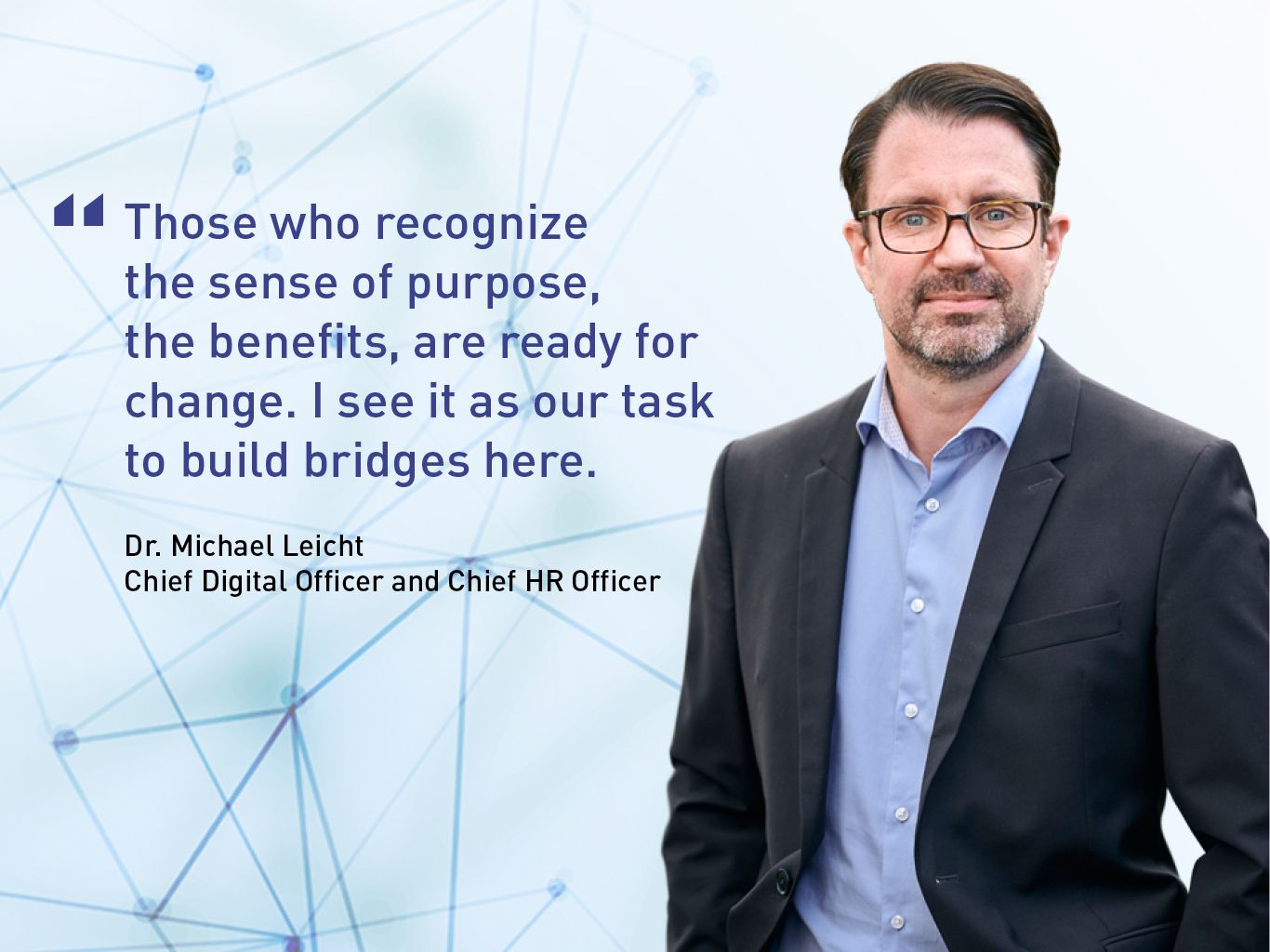Xella has been pushing ahead with the digitization of the company for several years now. What has happened since then?
Basically, we have taken a strongly customer-oriented approach to digitization. Our credo is to constantly improve customer benefits in all areas. We are currently working in various directions. On the one hand, this involves activities in collaboration with our business and end customers. Under the name "blue.sprint," we offer digital planning, digital construction, and even digital factories, i.e. the production of bricks in accordance with digital planning.
The so-called "Building Companion" also fits into this area. This is an external portal on which we bring builders together with construction companies. The construction companies have a profile where you can see a photo, rating, and availability – the builders are prescreened by Xella to guarantee that there are real and feasible projects behind them. In this way, we greatly simplify the acquisition process between builders and construction companies.
On the other hand, we are working on our so-called "Digital Foundation." This means all the platforms for simplifying collaboration and communication with our customers.
Are digitization and BIM capability decisive criteria among customers?
We observe in all countries that interest in digital planning and digital construction is continuously increasing. That's why BIM projects have a higher strategic priority for us. In this way, we ensure that the customer takes a closer look at the advantages of digital planning and, in the best case, decides to build with the help of digital planning.
How do you assess the development of digitization in the industry in general?
In the construction industry, we have the advantage that the change is not as disruptive as, for example, in the music industry. In our case, the industry is changing slowly but continuously.
I am therefore relatively relaxed about this transformation process. Now, it's taking longer in some countries than in others – in the end, it's clear that everything will become digital. And we are pioneering.
What's coming up in the next few months?
As the “Building Companion” developed in Poland has been so successful, we continue to develop it further and have already rolled it out in other countries – e.g. Romania, Bulgaria, and others will follow.
This year, we are also focusing on improving our own processes. For example, making purchasing even easier, for example via auction platforms, or improving the work of the service centers through the supportive use of bots or even artificial intelligence.
What conditions are needed for digitization projects?
The success of digitization always depends on fundamental factors such as the rate of digitization in the respective country – and the associated openness to new developments: internal and external.
